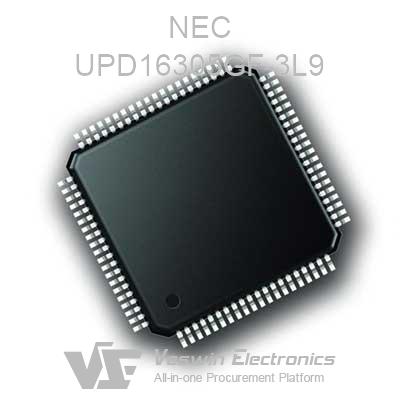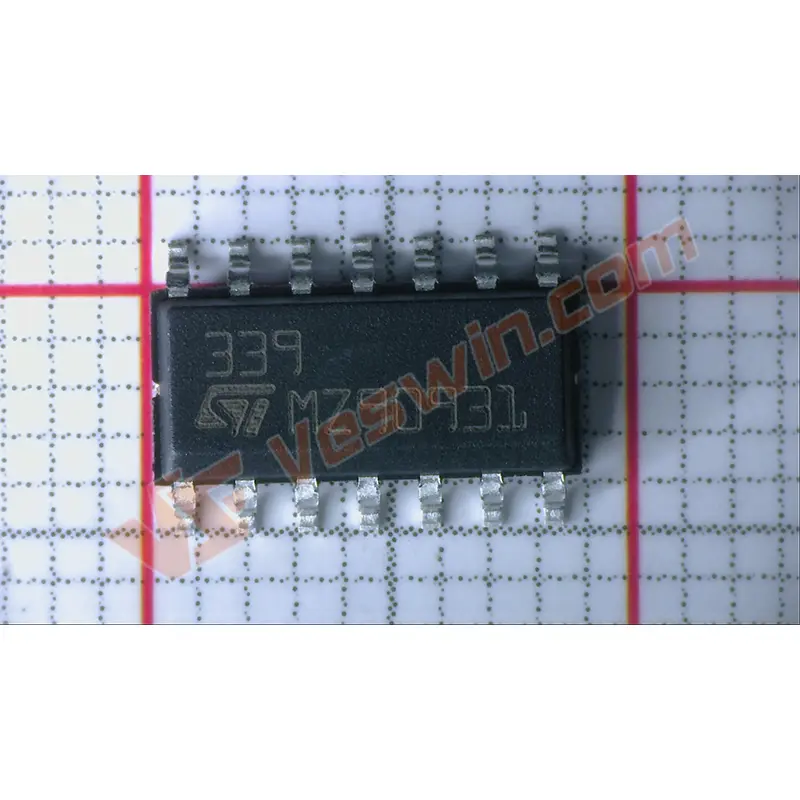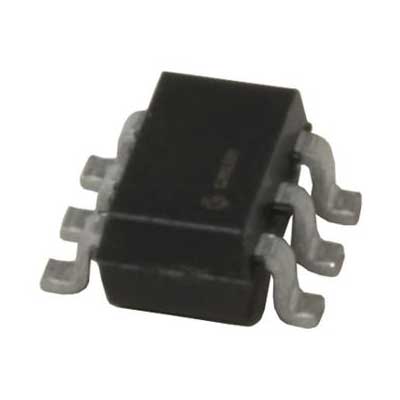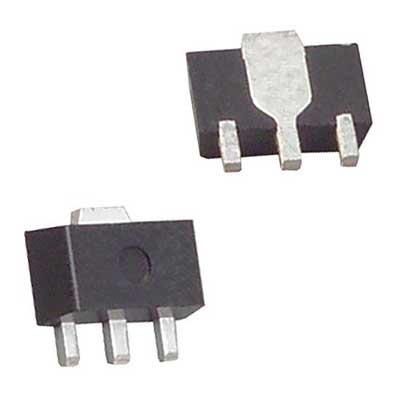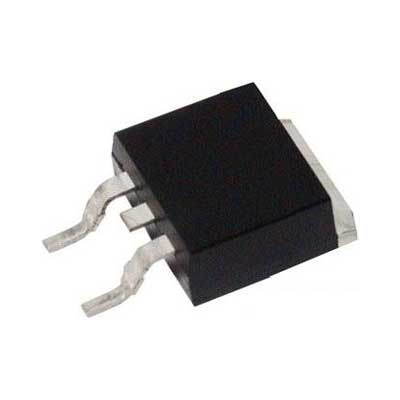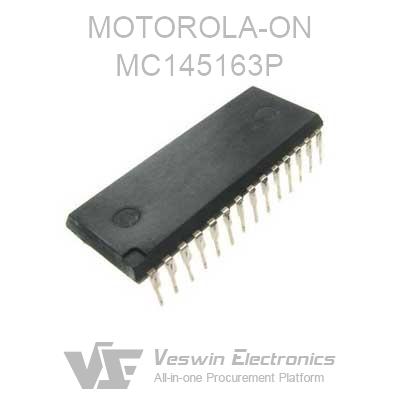Negative voltage is a physical term where the magnitude of the voltage is relative to a selected reference and the voltage value is negative when the actual voltage is lower than the comparison voltage.
In this article, our team will show you how the negative voltage generates and the meaning of it. Let's move on.
1. High performance/high speed A/D and also D/A converters
2. Gallium nitride power transistor bias
3. Laser diode predisposition in optical modules
4. LCD bias
Usually, these applications are powered by several positive supply rails with step-down converters and also LDOs as point of lots regulators. For the most part, the keys supply does not provide the adverse voltage, which implies it needs to be generated from a positive rail.
Several Ways to generate negative voltage:
There are a number of methods to create an unfavorable voltage, mostly based on the input voltage, result voltage and output present needed. Instances include: inverting cost pumps, inverting buck-boost converters, and also CUK converters. Each has its benefits as well as disadvantages.
Voltage, also known as potential difference or potential difference, is a physical quantity that measures the difference in energy produced by a unit charge in an electrostatic field due to the difference in electric potential. Its size is equal to the work done by the unit of positive charge due to the electric field force from point A to point B. The direction of the voltage is from the high potential to the low potential.
To put it plainly: the voltage at a point is the difference between the potential relative to a reference point. v-something = E-something - E-sen. Generally we take the negative pole of the power supply as a reference point. Then the power supply voltage is “ Vcc = E power supply positive - E power supply negative”.
Want to produce a negative voltage, let him relative to the negative side of the power supply potential is lower. To be lower, there must be another power supply intervention, the underlying principle are the use of two power supplies in series. The positive terminal of power supply 2 is linked in series with the adverse terminal of recommendation power supply 1. The adverse terminal of power supply 2 is the negative voltage.
A negative voltage generation circuit: a new power supply is equated using a capacitor charge, and the capacitor is equated to power supply 2 after being connected in series with GND, which generates a negative voltage.
1. Capacitor charging: When PWM is low, Q2 turns on, Q1 turns off, VCC charges C1 through Q2, the charging circuit is VCC-Q2-C1-D2-GND. left positive and right negative on C1.
2. Capacitor C1 is fully charged.
3. capacitor C1 is used as a power supply, C1 high potential pole is connected in series at the reference point. C1 is discharged and renewed from C2 to produce negative voltage.
When PWM is high, Q2 turns off, Q1 turns on, C1 starts to discharge, the discharge loop is C1-C2-D1, which is actually the process of charging C2. after C2 is charged, the lower positive and upper negative, if the potential of VCC is 5.few volts, it can output -5V.
In electronic circuits we often need to use negative voltages, for example, we often need to create a negative voltage to the op-amp when using it. The following is a simple example of his circuit from positive 5V to negative 5V.
Usually need to use negative voltage will generally choose to use a special negative voltage generation chip, but these chips are more expensive such as ICL7600, LT1054 and so on.
Below please see the two kinds of negative voltage generation circuits commonly used in microcontroller electronic circuits.
Nowadays, there are many microcontrollers with PWM output. When we use the microcontroller, PWM is often not used, use it to assist in generating negative voltage is a good choice.
The circuit above is one of the simplest negative voltage generation circuits. The components used are minimal, we only need to provide him with a square wave of about 1kHZ on it. It should be noted that this circuit has a very weak load-substituting capability, and the voltage drop after adding the load is also relatively large.
For the above reasons, the following circuit is created.
7660 and MAX232 output capacity is limited, do oscilloscope with high-speed op-amp is very difficult, so you have to use four pieces of parallel current expansion.
The first version is 7660 that two pieces in parallel. With ordinary DC / DC chips can generate negative voltage, and voltage accuracy with the same positive voltage, the drive capacity is also very strong, can reach more than 300mA.
General switching power supply chips can generate negative voltage, it is not possible to use the switching power supply output PWM to push the charge pump, you can also generate a larger current, the cost is also very low. Charge pump with LC filter after the ripple is quite small. As 7660 is a charge pump, the current is so small.
The entire oscilloscope design digital power supply +5V and analog power supply +5V is separate power supply, but the digital ground and analog ground should be how to deal with it?
Digital ground and analog ground must be connected together, otherwise the circuit can not work.
The ground return current of the digital part should not flow through the analog part of the ground, and the two grounds should be connected together at a stable ground reference point.
1. Artificial regulations. For example, the telephone system is powered by -48V, so as to avoid electrochemical corrosion of telephone lines. Of course, the reverse of the telephone can also work, but only the voltage reference point changes.
2. Communication interface needs. For example, the RS232 interface, it is necessary to use the negative voltage. -PS: MAX232 and other interface chips come with a charge pump, can generate their own negative voltage.
3. For (non-rail-to-rail) op amps to provide power rails. Older op amps are not rail-to-rail input/output capability, such as OP07, the input voltage range is always smaller than the supply voltage range of 1V, respectively, the output is smaller than 2V. so if VEE with 0V, then the input voltage must be more than 1V, the output voltage will not be less than 2V. so it may not meet the design requirements of some circuits. In order to operate at input/output conditions close to 0V, it is necessary to provide a negative voltage to the op-amp, for example -5V, so that the op-amp can operate properly near 0V. Nonetheless, with the appeal of rail-to-rail op amps, this situation is becoming much less and less typical.
4. Self-destruct circuit. Generally speaking, the internal protection circuitry of the chip is not protected against negative voltage, so as long as there is a slightly higher current, the voltage does not have to be very high negative voltage added to the chip, it can successfully destroy the chip.
Hot News
